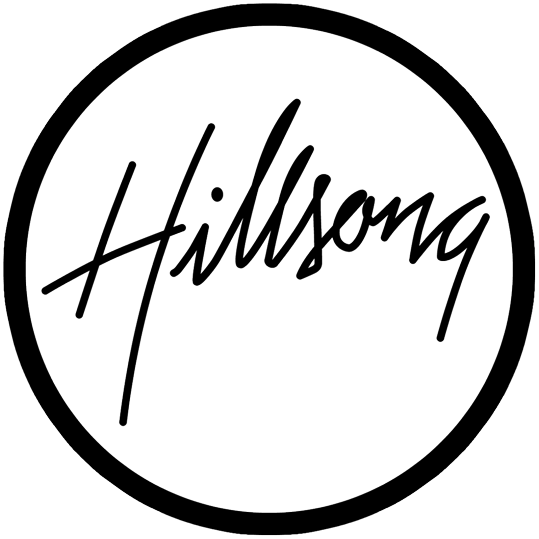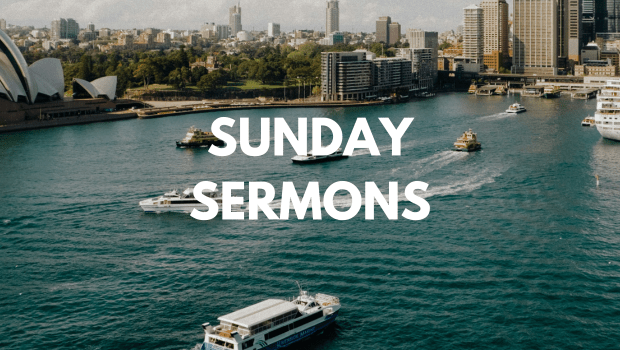Violence against women is encountered in every community and culture, yet its characteristics, prevalence, and associated risk factors vary among different population groups. Globally, approximately 736 million women, representing nearly one in three, have experienced physical and/or sexual intimate partner violence, non-partner sexual violence, or both, at least once in their lives (UN Women, 2023). In Australia, 2 in 5 women (39%) have experienced violence since the age of 15 (Our Watch, 2023).
The aim of the International Day for the Elimination of Violence against Women this year is to amplify the voices of survivors and bring empowerment to them. At the same time, we, the community, endeavour to reduce and prevent violence against women and girls and to protect their rights.
Linda Lemon is a senior case worker with over 20 years of experience in the Domestic and Family Violence space. We asked her to share a story from her experience in the field, along with education and prevention tips, as well as how to help women experiencing violence.
Amplifying voices: Is there an appropriate story you could share from a survivor?
Jessy (name has been changed for privacy) is a young woman with three children who has been a victim of numerous forms of domestic abuse, including physical violence. Her marriage started like most, with feelings of love and protection. Initially, her husband’s concern about her whereabouts and his desire for financial responsibility seemed endearing, especially given Jessy’s history of growing up in an unstable home.
However, over time, things changed. The initial checking up on her became increasingly restrictive, involving monitoring every aspect of her life, from spending to who she talked to. Personal attacks on Jessy undermined her confidence and capacity to be a good mother. Hurtful comments about her appearance and lies about their finances, including involvement in illegal activities, revealed her husband’s true, abusive nature.
After a physical assault, Jessy realised she could no longer stay and had to leave for her and her children’s safety. With the help of services and close friends, Jessy escaped to a refuge and then transitional housing. From there, she rebuilt her self-esteem and confidence, receiving government assistance for permanent housing.
Jessy is now grateful that she and her children have a safe and stable home. This stability is crucial, as her children no longer have to change schools frequently, providing them with the opportunity to thrive and make lasting friendships.
Education and prevention: What are some of the signs to look for?
There are many indicators of domestic violence and abuse, but some possible signs may include when the person you are with:
- Says and does things that leave you with a low to no sense of self.
- Takes away your choice about what to wear and where to go.
- Isolates you, excluding you from major decisions for the family unit.
- Isolates you from family and friends.
- Blames you for things you know you did not do.
- Causes you to be afraid to leave children with the partner.
- Scrutinises and is critical of all you do for them.
- Monitors where you go, when, and for how long.
- Makes you give an account of who you have been with or seen.
- Makes you believe that they are the only one who really cares for you.
- Causes you to question what you do know, leaving you thinking you don’t know anything.
Then there are physical assaults, where again you are being blamed with statements like ‘you made me do that/this.’ Religious abuse involves being told that you must do what the abuser says because ‘the Bible says so,’ or adhering to other religious beliefs that leave women and girls with no voice or choice. This leaves them with no way to establish protective boundaries for their own physical, emotional, psychological, financial, or religious well-being.
Education and prevention: How do you think violence against women could be prevented?
Preventative measures should encompass an open, broad collective of voices willing to speak up against derogatory comments related to women. This involves friends holding each other accountable, men addressing biases within their own circles, and communities challenging gender profiling across various people groups.
Education about domestic and family violence/abuse is crucial for imparting knowledge and information to all people groups in our communities. This ensures that the message remains at the forefront of awareness for individuals, groups, and different cultural communities.
Empowerment: How could someone help?
In helping a victim of domestic violence/abuse, one can start by asking questions such as, “How can I help you? Would you like me to call someone for you?” Additionally, it’s beneficial to recommend reaching out to professional services, perhaps by conducting some research and providing names of relevant services in the area. These services can offer practical support for the next steps, aiding the victim in accessing assistance when they are ready.
The key to recognising and aiding a victim lies in empowering them. This involves giving time, providing a listening ear, offering words of encouragement, and being a supportive presence without passing judgment or imposing directives like “you should, you must, you have to.”
Resources:
1800 RESPECT – 1800 737 732
https://www.1800respect.org.au/help-and-support
LIFELINE – 13 11 14 or text 0477 12 11 14
Our Watch



